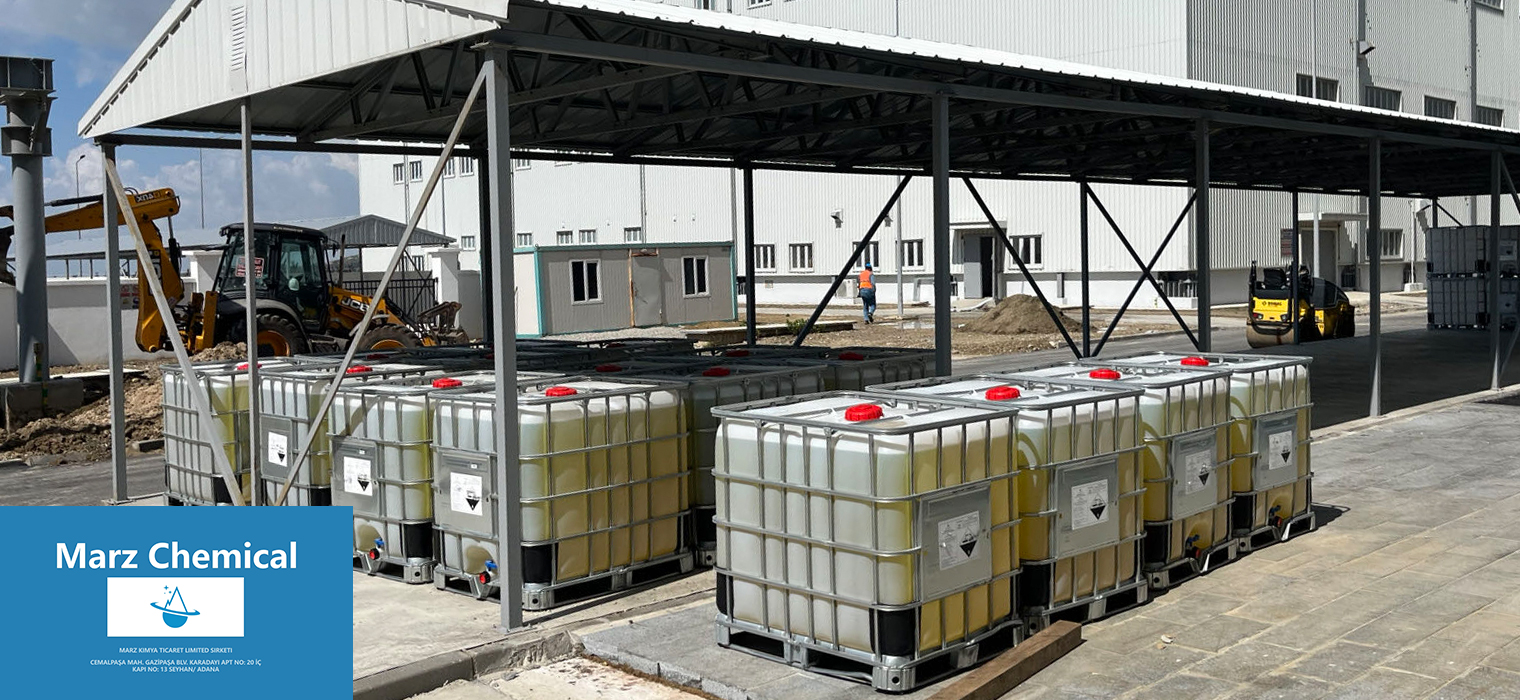When using a solid active bromine biocide and algaecide in industrial water treatment systems, one of the most critical factors for achieving consistent microbial control is optimizing your shock dosing strategy. Unlike continuous dosing, shock dosing delivers a concentrated pulse of biocide into the system, rapidly eliminating microbial contaminants and minimizing the development of resistance. However, the effectiveness of this approach depends on several technical parameters, including dosage concentration, frequency, system volume, and water chemistry. Many operators overlook the importance of these variables, which can lead to underperformance or even wasted chemical investment.
In systems such as industrial cooling towers, once-through cooling water circuits, or oilfield injection lines, the microbial load can fluctuate significantly due to seasonal temperature changes, organic contamination, or process variations. This makes rigid dosing schedules inefficient. Instead, a more adaptive approach is needed—one that tailors the shock dosing based on real-time monitoring of microbial activity and residual bromine levels. For example, an initial shock dose of 20–40 mg/L may be effective in startup conditions or during visible biofouling, while maintenance doses ranging from 5–25 mg/L every few days can help maintain microbial control, especially when coordinated with routine inspections and test results.

The advantage of using a solid form of bromine-based biocide lies in its stability and controlled release, especially in systems that favor manual or semi-automated dosing methods. Unlike liquid alternatives that may degrade more rapidly or pose handling risks, the solid format is easier to store and dose precisely. In practice, this also means fewer fluctuations in biocidal concentration during application, reducing the chances of ineffective exposure windows that allow microbial regrowth. This is especially important when treating water systems with high pH or elevated levels of ammonia or nitrogen compounds, where the solid active bromine biocide maintains superior efficacy compared to chlorine-based treatments.
When applying a shock dosing strategy, the exposure time also matters. Industry experience suggests maintaining a residual oxidant level of 0.1–1.0 mg/L for two to four hours post-dosing. This ensures adequate contact time for microbial inactivation without excessive chemical use or damage to system materials. To achieve this, some facilities are integrating real-time ORP (oxidation-reduction potential) monitoring and automated feed systems that can adjust dosing in response to system demand. Although this may involve upfront investment, the long-term benefits in reduced downtime, lower maintenance costs, and improved biosecurity are substantial.
It’s important to ensure the biocide’s compatibility with other treatment chemicals such as corrosion inhibitors, scale preventers, and non-oxidizing biocides. One of the reasons why this particular solid bromine biocide and algaecide has seen broad adoption is its proven compatibility with a wide range of treatment programs. This allows plant operators to design an integrated water treatment protocol without risking chemical interference, preserving both microbial control and asset integrity.
From a practical standpoint, evaluating system-specific variables before setting a dosing schedule is essential. Parameters such as flow rate, retention time, biofilm presence, and nutrient load will influence the ideal frequency and concentration of shock doses. We always recommend working with experienced water treatment professionals or technical consultants to conduct system audits and pilot tests before finalizing a dosing protocol. This collaborative approach ensures that your application of solid bromine-based biocides is not only effective but also optimized for long-term operational efficiency.
As a trusted manufacturer and supplier of solid active bromine biocide and algaecide, we’ve supported clients across industries in achieving better microbial control through tailored dosing strategies. Whether you're managing complex cooling water networks or high-load industrial wastewater, our technical team is ready to help you fine-tune your program and deliver measurable performance improvements.
 En
En
 عربى
عربى 中文简体
中文简体

